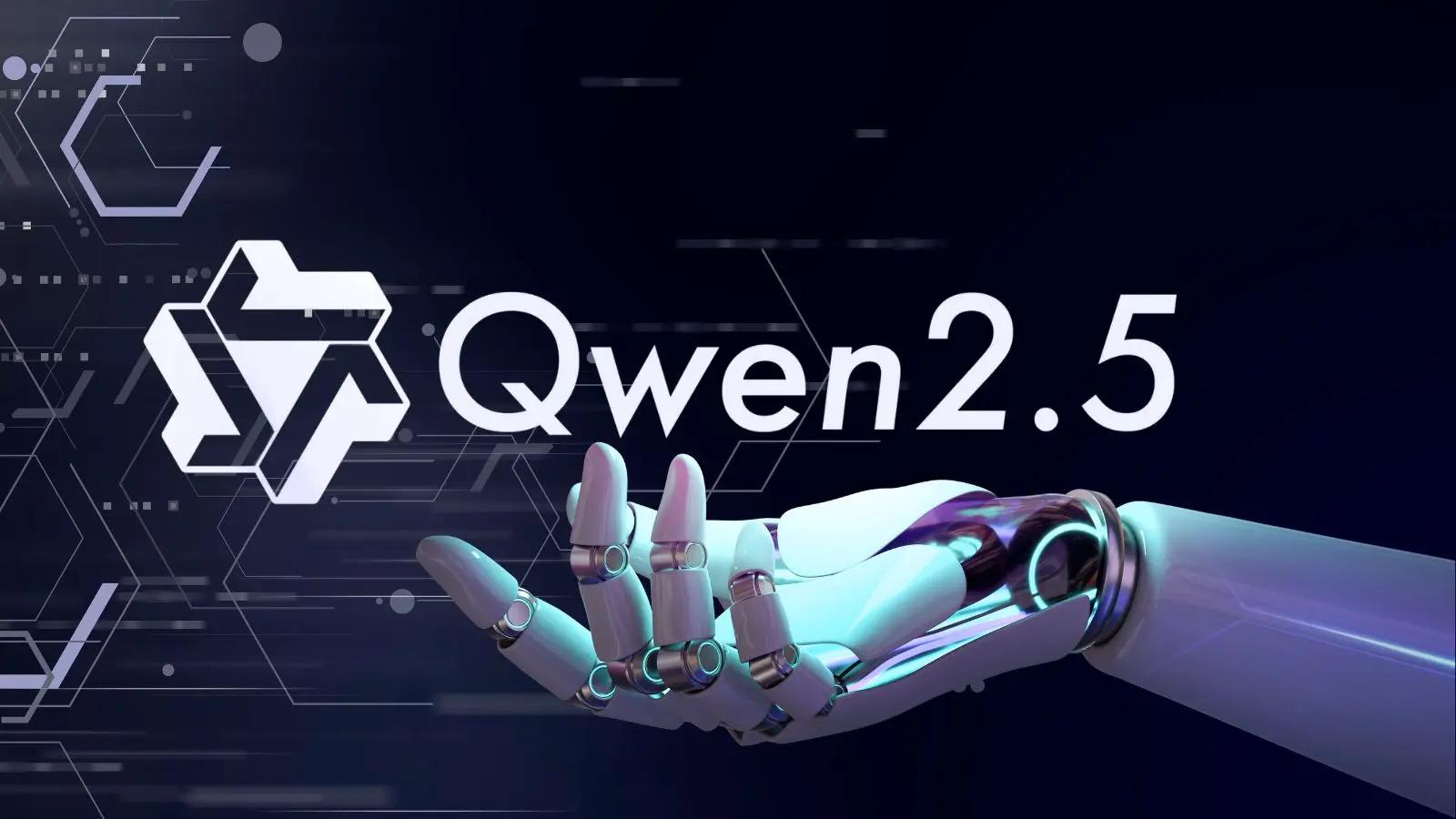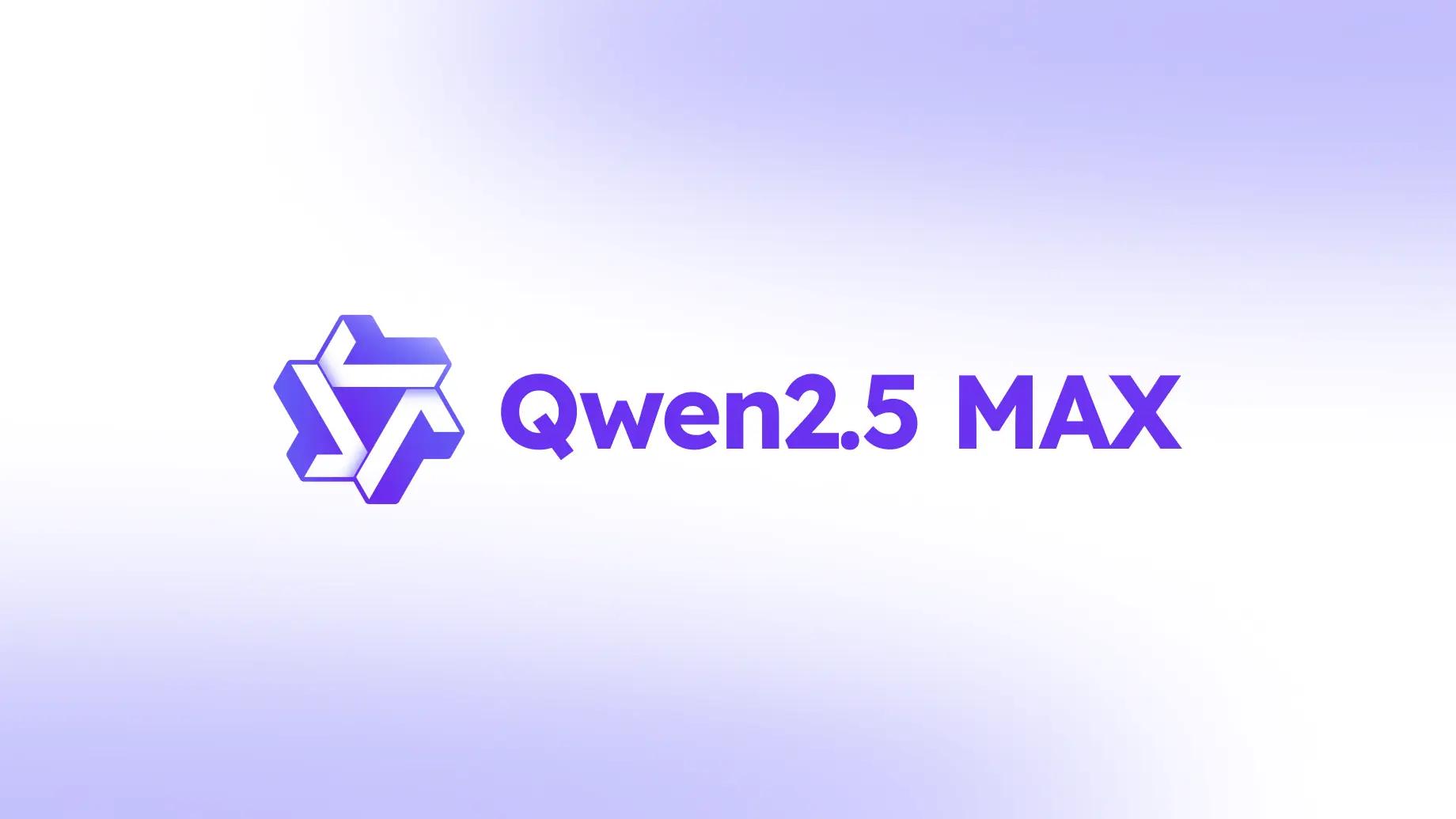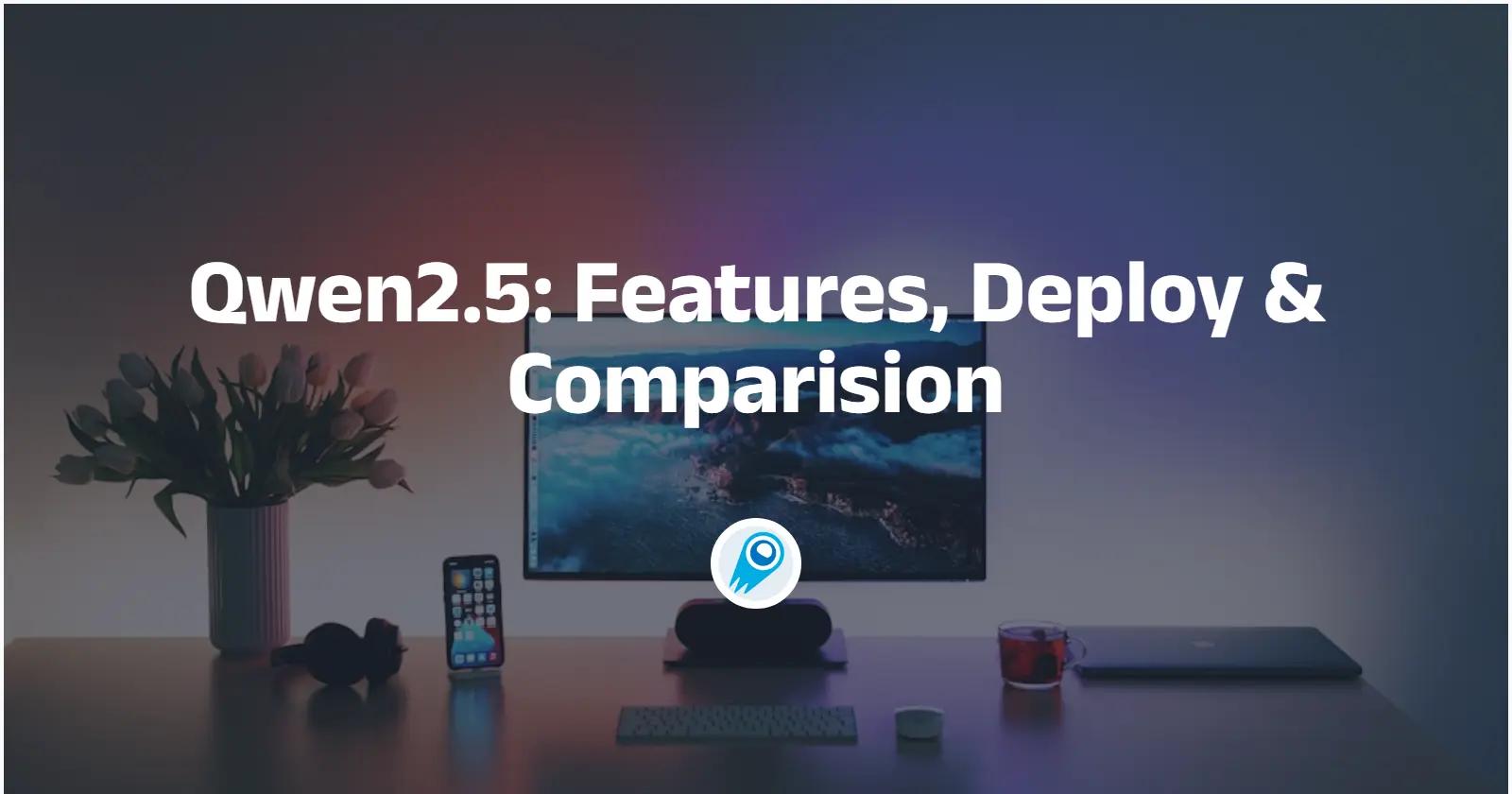As artificial intelligence continues to evolve, Alibaba’s Qwen 2.5 emerges as a formidable contender in the realm of large language models (LLMs). Released in early 2025, Qwen 2.5 boasts significant enhancements over its predecessors, offering a suite of features that cater to a diverse range of applications—from software development and mathematical problem-solving to multilingual content generation and beyond.
This article delves into the intricacies of Qwen 2.5, providing a detailed overview of its architecture, capabilities, and practical applications. Whether you’re a developer, researcher, or business professional, understanding how to leverage Qwen 2.5 can unlock new possibilities in your work.
What Is Qwen 2.5?
Qwen 2.5 is Alibaba Cloud’s 2025‑generation large‑language‑model family that spans 1.5 B to 72 B parameters (and a 32 B reasoning‑optimized sibling) and now powers commercial, research and consumer products such as Qwen Chat, DashScope and an OpenAI‑compatible API gateway. Compared with Qwen 2, the 2.5 line introduces (i) a Mixture‑of‑Experts (MoE) core for efficiency, (ii) training on ~20 T tokens, (iii) stronger instruction‑following, coding and multilingual reasoning, (iv) vision‑language (VL) and fully multimodal “Omni” variants, and (v) deployment options ranging from Alibaba Cloud to self‑hosting via GitHub, Hugging Face, ModelScope and Docker/OLLAMA.
All sizes share a common pre‑training recipe but diverge in their instruction‑finetune layers: Qwen‑Chat (for open‑ended dialogue) and Qwen‑Base (for downstream finetuning). The larger checkpoints additionally include Qwen 2.5‑Max, a sparse Mixture‑of‑Experts (MoE) edition that activates 2.7 B parameters per token for much lower inference cost on GPUs.
Architectural highlights of Qwen 2.5
Architectural shift
Qwen 2.5 represents a significant leap in AI model development, primarily due to its extensive training and refined architecture. The model was pre-trained on a colossal dataset comprising 18 trillion tokens, a substantial increase from the 7 trillion tokens used in its predecessor, Qwen 2. This expansive training dataset enhances the model’s understanding of language, reasoning, and domain-specific knowledge.
Qwen 2.5 adopts a sparse Mixture‑of‑Experts (MoE) backbone: only a small expert subset activates per token, enabling higher effective capacity without linear cost growth Qwen. Training used ~20 T tokens and a refined data‑curriculum with supervised fine‑tuning (SFT) plus RLHF. Benchmarks published by the team show large gains on MMLU, GSM8K maths, and multilingual cross‑lingual understanding relative to Qwen 2 and peer 7 B/70 B baselines.
The Qwen 2.5 model family
| Edition | Size | Modality | Purpose & headline feature |
|---|---|---|---|
| Qwen 2.5‑1.5B‑Instruct | 1.5 B | Text | Edge devices / chatbots where memory is scarce |
| Qwen 2.5‑7B‑Instruct | 7 B | Text | Flagship open‑source LLM with 32 k context, 29‑language coverage |
| Qwen 2.5‑Omni‑7B | 7 B | Multimodal (text + image + audio + video) | End‑to‑end modality fusion |
| Qwen 2.5‑VL‑3B/7B/72B‑Instruct | 3–72 B | Vision‑language | Dense captioning, document QA, OCR, chart analysis |
| QwQ‑32B | 32 B | Text (reasoning) | MoE specialised for math/coding; parity with DeepSeek R1 671 B at 5 % cost |
| Qwen 2.5‑Max | undisclosed (multi‑expert) | Text | Internal benchmark leader, available through API and Qwen Chat |
Key capabilities and benchmarks
Instruction following & multilingual reach
Internal papers show Qwen 2.5‑7B surpassing Llama‑3 8B on AlpacaEval (92 vs 89) and reaching 79 % win‑rate against GPT‑3.5‑Turbo on Chinese MT‑Bench . Supported languages include Turkish, Indonesian, German, Arabic and Swahili. A 32 k context window with sliding‑rope positional encodings provides 200‑page PDF summarisation without fragmentation.
Coding and reasoning
QwQ‑32B scores 50.4 % on GSM8K (5‑shot) and 74 % on HumanEval‑Plus, on par with DeepSeek R1 at one‑twentieth the parameter count . Early community tests show the 7 B model can compile and debug C++ snippets using g++‑13 inside a Docker sandbox with minimal hallucinations.
Multimodal strengths
Qwen 2.5‑VL‑72B achieves 62.7 % on MMMU and 73.4 % on TextVQA, edging out Gemini 1.5‑Pro in table OCR tasks (as per Qwen’s January blog) . Omni‑7B extends this to audio spectral transcription and MP4 frame sampling via a shared tokeniser.
Licensing, safety and governance
Alibaba retains Apache 2.0 code/license with an additional “Qian‑Wen Responsible AI” rider:
- Prohibited: terrorist content, disinformation, personal-data extraction.
- Required: developers must implement content filters and watermarking in downstream apps.
The license permits commercial use but mandates model‑card disclosure if weights are modified and redeployed. On Alibaba Cloud, moderation is enforced server‑side; self‑hosters must integrate the open‑sourced policy gradient filter (linked in repo).
Roadmap toward Qwen 3
Bloomberg and PYMNTS report Alibaba will unveil Qwen 3 “as soon as late April 2025,” likely leaping to >100 B dense parameters and native tool‑use abilities . Insiders suggest 4×2048 GPU clusters on Hanguang 800+ ASICs and a Triton‑Flash‑Attention v3 kernel are in testing. Qwen 2.5 will remain the open‑source branch, while Qwen 3 may debut under a more restrictive license similar to Meta’s Llama 3‑Commercial.
Practical tips for developers
- Token counting: Qwen uses QwenTokenizer; its special token equals
<|im_end|>in OpenAI‑style prompts. - System messages: Wrap with
<|im_start|>system … <|im_end|>to preserve hierarchy and avoid delta weight culprits. - Fine‑tuning: Apply LoRA rank‑64 on layers 20‑24 only; early‑layer LoRA yields negligible gains due to MoE sparsity.
- Streaming: With DashScope, enable
X-DashScope-Stream: true; chunk size is 20 tokens. - Qwen‑VL input: Encode image bytes as base64; pass via
inputs=.
Conclusion
Qwen 2.5 solidifies Alibaba Cloud’s position in the global open‑source LLM race by marrying MoE efficiency with a permissive license and a buffet of access routes—from one‑click Qwen Chat to Ollama on a laptop and enterprise‑grade DashScope endpoints. For researchers, its transparent training corpus and strong Chinese‑English parity fill a gap left by Meta’s Llama series. For builders, the OpenAI‑compatible API cuts migration friction, while the multimodal VL/Omni branches anticipate a near future where text, vision, audio and video converge under a unified token space. As Qwen 3 looms later this month, Qwen 2.5 serves both as a proving ground and a robust production model—one that is already reshaping the competitive calculus of large‑scale AI in 2025.
For Developers: API Access
CometAPI offers a price far lower than the official price to help you integrate Qwen API , and you will get $1 in your account after registering and logging in! Welcome to register and experience CometAPI.
CometAPI acts as a centralized hub for APIs of several leading AI models, eliminating the need to engage with multiple API providers separately.
Please refer to Qwen 2.5 Max API for integration details.CometAPI has updated the latest QwQ-32B API.For more Model information in Comet API please see API doc.


